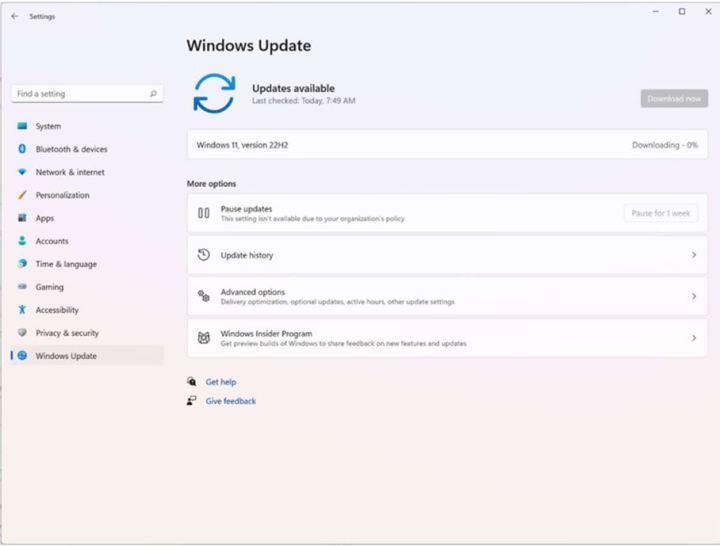Microsoft may have a problem on its hands — the latest Windows 11 update doesn’t seem to be working as intended. According to various user reports, the update drastically slows SSD speeds, in some cases even cutting them in half.
If you’ve noticed that your PC is loading slowly or programs aren’t running as quickly as you’d hoped, you might be affected by this problem. Here’s how to fix it.

The Windows 11 update was released on March 14 and announced on the dedicated Reddit community by a Microsoft employee. This is where the first user complaints started flooding in, with various reports of poor performance after installing the latest patch. The problem doesn’t affect every single PC, though — it seems that computers running an SSD are the ones that are affected.
Poor performance can be explained in any number of ways, but the users are seeing drops specifically in SSD speeds, and all of this seems to have started only once they’ve installed the update. The drops are huge, and even the best NVMe SSDs can’t seem to keep up after the latest patch. In fact, the better the SSD the worse the problem appears to be, because computers with slower SATA SSDs currently seem to be doing fine — for the most part.
“Tanked my SSD NVMe reading and writing speeds, like A LOT. Went from 7,000 to 3,000, sometimes 1,000 using the balance energy profile in my Legion 5 2021,” said mesp21 on Reddit.
A drop that huge is difficult to overlook. Seeing as Windows is likely to be installed on an SSD (where applicable), this can result in drastically slower boot times — something that SSDs are meant to prevent. The whole point of buying an SSD is to experience those lightning-fast loading times. If you don’t mind your PC running slowly, you could just as well get a cheaper HDD.
Other users also reported slow game loading times and stuttering, so it’s not just Windows 11 that may be affected by this. One user even reports having Blue Screen of Death (BSoD) problems, which is an error screen that pops up when Windows encountered a fatal error and needs to restart.
How to fix the problem

Microsoft doesn’t seem to have acknowledged the problem yet — it’s not listed on the official Known Issues page. It’s almost certain that it will be fixed if the update really is to blame, but until then, the only fix is to uninstall the latest patch and hold off on installing it again until it’s proven to work well.
Uninstalling the update is easy. Type in Windows Update Settings into the search bar, then click on View Update History. Click on the latest update you’ve installed (KB5023706) and uninstall it. This is more of a bandaid than a permanent solution, but it should help until Microsoft comes out with an official fix.
Editors’ Recommendations
Credit: Source link


Comments are closed.